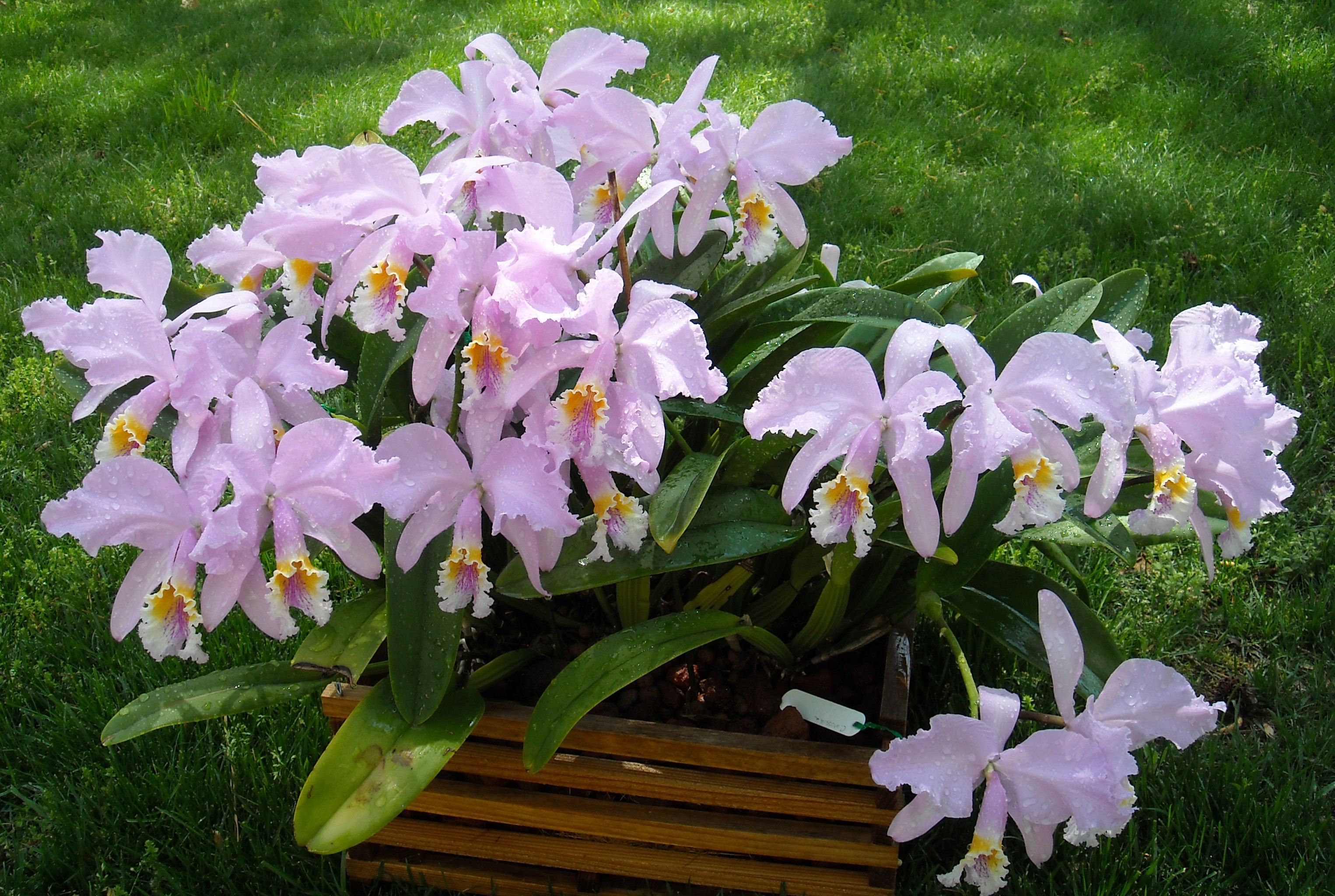Your Guide to Thriving Orchids
Ideal Location and Light
Phalaenopsis orchids thrive in bright, indirect light. A windowsill facing east or north is an excellent choice, as it provides sufficient light without exposing the plant to the harsh, direct rays of the sun, which can scorch the leaves. If your only option is a south- or west-facing window, use sheer curtains to diffuse the sunlight.
Keep in mind that insufficient light can result in poor blooming. If the leaves look dark green, the plant might not be receiving enough light. Aim for medium green leaves as a sign of well-balanced lighting.
Temperature Requirements
These orchids prefer temperatures between 65°F and 75°F during the day and slightly cooler at night. They can tolerate brief temperature fluctuations, but prolonged exposure to temperatures below 55°F or above 85°F can stress the plant and impede growth.
Avoid placing your orchid near drafts, heating vents, or air-conditioners, as sudden temperature changes can harm it.
Watering Tips
Improper watering is a common pitfall for beginner orchid growers. Phalaenopsis orchids need watering approximately once a week, but this can vary depending on the environment. Before watering, check the roots. If they are green, don’t water. If they are grey or silver, they could use a drink. PLEASE do not use ice cubes! it can lead to inconsistent watering and potentially harm the roots due to the cold temperature.
Water thoroughly, allowing water to flow through the drainage holes and ensuring no water collects at the base of the pot. Avoid letting the orchid sit in water, as this can lead to root rot.
Humidity
Phalaenopsis orchids thrive in a humidity range of 50% to 70%. In homes with dry air, particularly during winter, increase humidity by using a humidifier, placing a tray of water with pebbles beneath the pot, or grouping plants together to create a microclimate.
Misting the leaves can also help, but do so in the morning to allow water to dry before nighttime. Prolonged dampness on leaves can encourage fungal problems.
Encouraging Reblooming
After the flowers fade, you can encourage your Phalaenopsis orchid to bloom again. Trim the flower spike above a node (the small bumps along the spike) to potentially stimulate new blooms. Alternatively, you can cut the spike entirely if it appears brown or dry.
A slight drop in nighttime temperature, around 10°F lower than the daytime temperature, can help trigger reblooming.
Congratulations on your new orchid! Need more information? Do you want to learn more about this amazing plant family? Consider coming to one of the Triangle Orchid Society’s monthly meetings! Check us out by exploring this website (https://triangleorchidsociety.org/).

